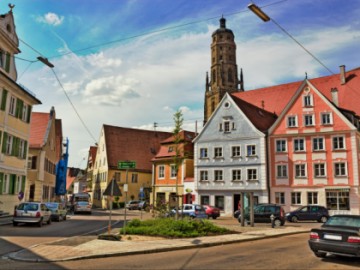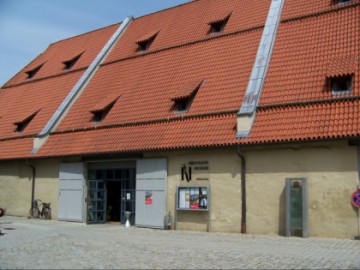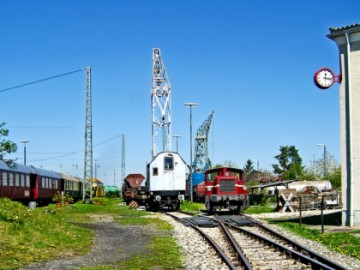Nördlingen, town of diamond dust
Nördlingen is a town of diamond dust, Fachwerk houses and asymmetric windows. The oldest building – the town hall – dates back to the 13th century and is built from stone that was formed as a result of a fallen meteorite 15 million years ago. In Nördlingen you can see fragments of the meteorite and samples of moon rock, eat a nourishing soup “Gaisburg March” and watch the perfectly round old town surrounded with an old fortress wall from the Daniel tower.
Cafes, bars and restaurants in Nördlingen
See all
Restaurants
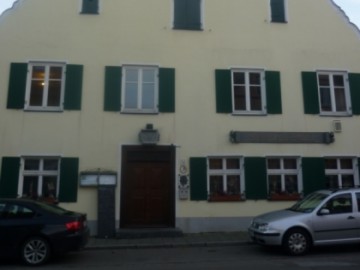
Sixenbräu-Stüble
Bistro • Tavern
+49 9081 3101
Payment methods:
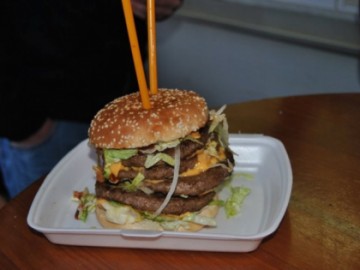
Simon's American Diner
Snack Bar • Fast Food • Catering
+49 9081 2408573
Payment methods:
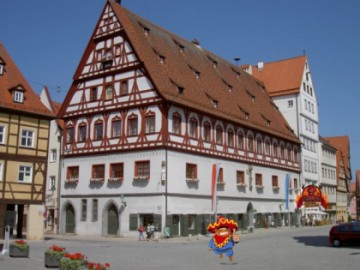
Cantina Diablo’s
Restaurant
+49 9081 8051755
Payment methods:
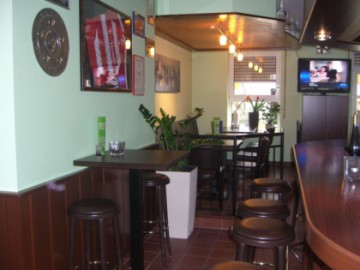
Eichendorffstüble
Restaurant • Catering
+49 9081 4926
Payment methods:
Nearby
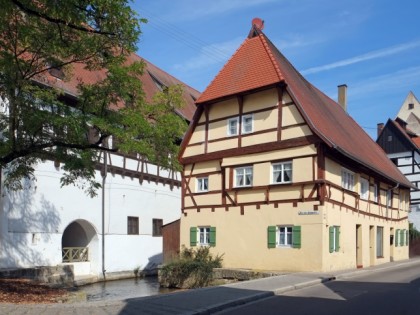
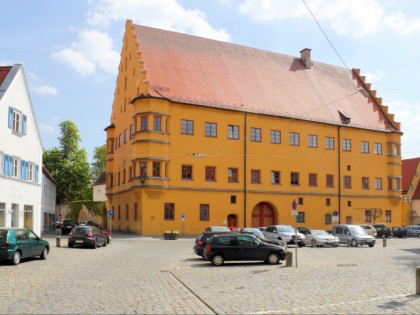
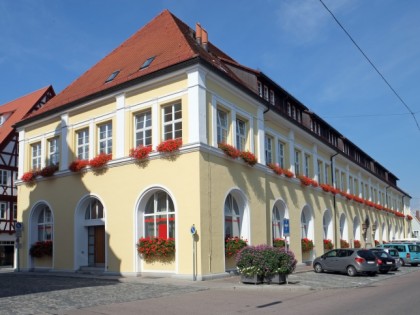
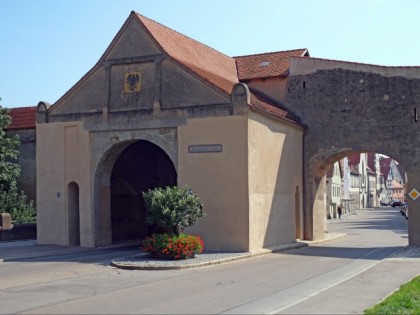
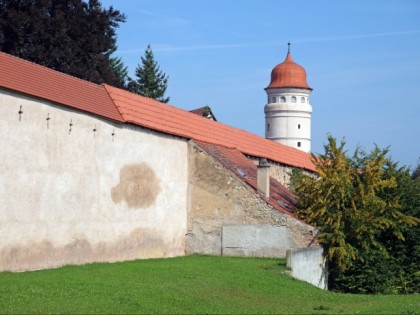
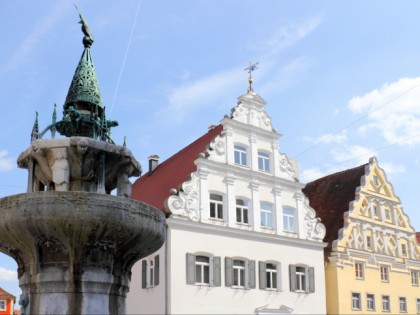
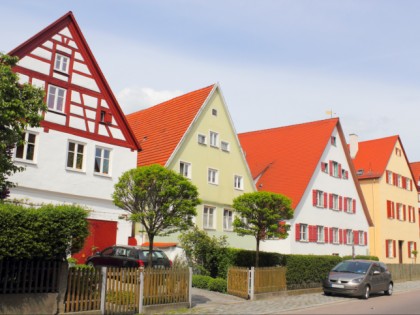
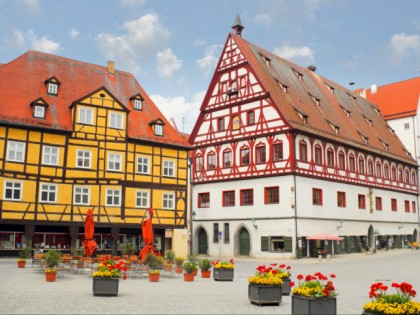
 Museums and Exhibitions
Museums and Exhibitions
 Architectural Monuments
Architectural Monuments
